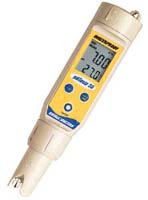 We chose
a portable three-digit pH meter from Eutech Instruments as it could do
the job and had the right dimensions to engage with the Fuji film containers
we used.To understand how a pH meter works, read ph.htm.
We chose
a portable three-digit pH meter from Eutech Instruments as it could do
the job and had the right dimensions to engage with the Fuji film containers
we used.To understand how a pH meter works, read ph.htm.
The pHscan3+, succeeded by the pHtestr30 has a detachable probe or sensor which can be replaced and it is entirely waterproof as it also floats. So it is a rugged instrument suitable for driving and boating. A laboratory supply company near you will undoubtedly have these in stock. Otherwise visit the manufacturer at www.eutechinst.com or go to the product page www.eutechinst.com/products/testers/wpphtestr30.htm
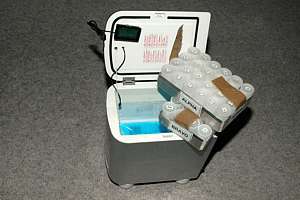
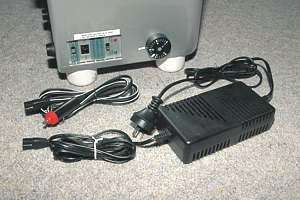
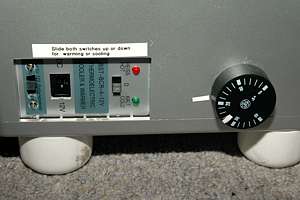
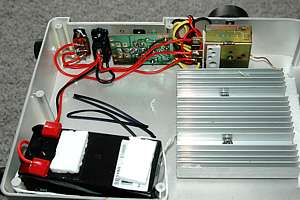
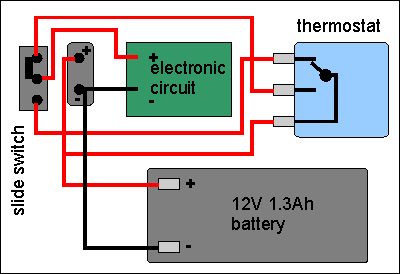 The
electrical wiring aims to achieve that the thermostat works both for warming
and cooling. Another slide switch is mounted and the wiring connected such
that the thermostat works correctly when both slide switches are either
up or down. A small rechargeable battery is permanently wired to the power
socket such that it is charged even when the unit is switched off. With
4A current for warming and 5A for cooling, this battery lasts only for
15 minutes under full power. However, because the incubation temperature
is not very much different from ambient temperature, it can last for three
hours in most cases.
The
electrical wiring aims to achieve that the thermostat works both for warming
and cooling. Another slide switch is mounted and the wiring connected such
that the thermostat works correctly when both slide switches are either
up or down. A small rechargeable battery is permanently wired to the power
socket such that it is charged even when the unit is switched off. With
4A current for warming and 5A for cooling, this battery lasts only for
15 minutes under full power. However, because the incubation temperature
is not very much different from ambient temperature, it can last for three
hours in most cases.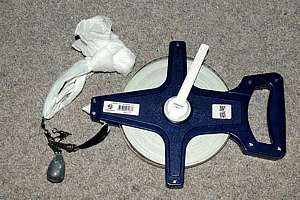 The
measuring tape is an important tool for measuring underwater visibility
but also for taking water samples in difficult situations, from bridges
or wharves. With little effort all rusting screws can be replaced by stainless
steel equivalents and the metal end claw replaced by a stainless D-shackle.
Using fishing clips, various items can quickly be attached, such as a sinker
and a collection bottle. The white shopping bag functions as a Secchi
disc, and is simply strung through the D-shackle and knotted to reduce
its size when needed.
The
measuring tape is an important tool for measuring underwater visibility
but also for taking water samples in difficult situations, from bridges
or wharves. With little effort all rusting screws can be replaced by stainless
steel equivalents and the metal end claw replaced by a stainless D-shackle.
Using fishing clips, various items can quickly be attached, such as a sinker
and a collection bottle. The white shopping bag functions as a Secchi
disc, and is simply strung through the D-shackle and knotted to reduce
its size when needed.